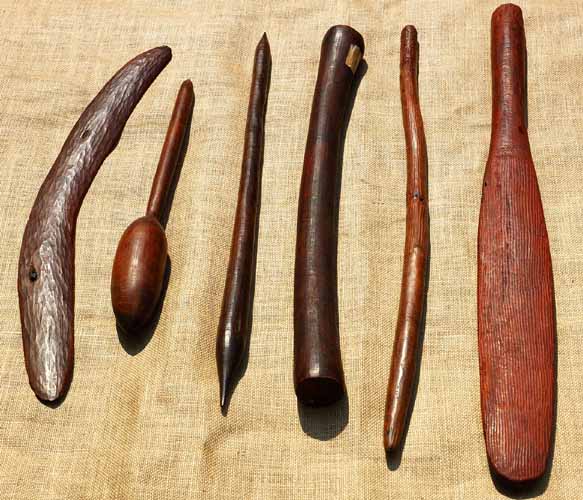Home
Intellectual Property Rights
- Details
- Written by Sammy
- Category: News
I can only say - I hope they win!!!
Gumby Gumby trademark bid angers Indigenous people who want intellectual property rights reform
Kakadu Plum Skincare success results in a Shortage
- Details
- Written by Sammy
- Category: News
If you can grow it, now's the time to do so! Great to see this wonderful bushfood/beauty product getting so much attention!
Cooking in the Outback:
- Details
- Written by Ali
- Category: Articles
How to connect to your roots while cooking healthy food
Hunting and gathering started nearly 2 million years ago in Australia. However, in the country today, there has been a resurgence of the hunter-gather mentality and many are now interested in the cooking styles of our forbearers. These methods are not only getting us back to our indigenous roots, but they’re also healthier for us, providing a more diverse diet, with more beneficial nutrients. Today, you can combine modern technology with that of the past to create a unique and healthy cultural experience.
Cooking with prehistoric methods
Cooking, boiling, and baking your food causes a 22 percent to 34 percent loss of nutrients while microwaving and pressure cooking destroys 90 percent of essential vitamins from your meals. Therefore, many people have returned to the raw lifestyle to preserve the beneficial elements of food and get back to their cultural roots. Since food can also be unsafe to eat raw, prehistoric methods are being used, such as using the ash from fire or goals to roast and bake, or wrapping food in bark as if they were being baked. In the past, boiling food was also done with bark trough or coolamons (heating a curved dish with rock and water), and dilly bags woven from plant fibers were used to wash various foods in the river streams. These methods could all increase the healthiness of your foods while bringing you back to the past.

Gathering the hunter-gatherer tools
In Australia, hunter-gatherers used many different types of utensils in the process of cooking and collecting food. Tools and knives made from stone and glass were highly sophisticated in the outback and were used to cut vegetables and grind seeds to make paste or dough. These tools follow the same traditional path as other classic implements for cooking that are making their way back to the culinary scene today, such as sharp Japanese knives. It may be fun to get back to the roots of your ancestral hunter-gatherers by using these knives or fastening some on your own. You can sharpen stones from your yard so that you connect with nature while making a healthy, indigenous meal.
Follow the bees for sweeter foods
Sweeteners are great for desserts and to add a little hint of sweetness to your meal. However, the indigenous people of the past were not using sweet and low or sugar found in packets. Instead, they used a healthier method of sweetening that involved following the bees. Honey was a great sweetener that also had great significance in Aboriginal culture. To find the bees, indigenous people attached a feather, spider web, or glass to areas so that bees would get trapped in them and fly slow enough to allow hunters to follow them back to their hive. The wax could then be used for tools and then the honey was used to sweeten meals. Today, honey is a lot easier to find, but also provides a great link to the past and healthier alternative to sweetening your dessert.
Remembering the past can only serve to fuel the future. It provides us insight into how our ancestors solved problems and can give us a new view on how we can solve issues today. At the very least, it will provide you with a new cultural meal that can also be healthier than what you’re typically used to.


 Go Bushfoods!
Go Bushfoods!

